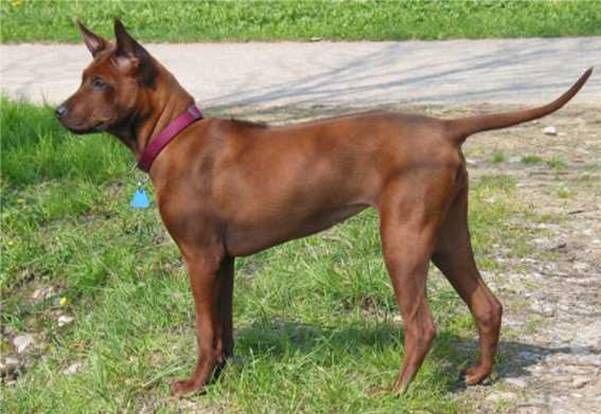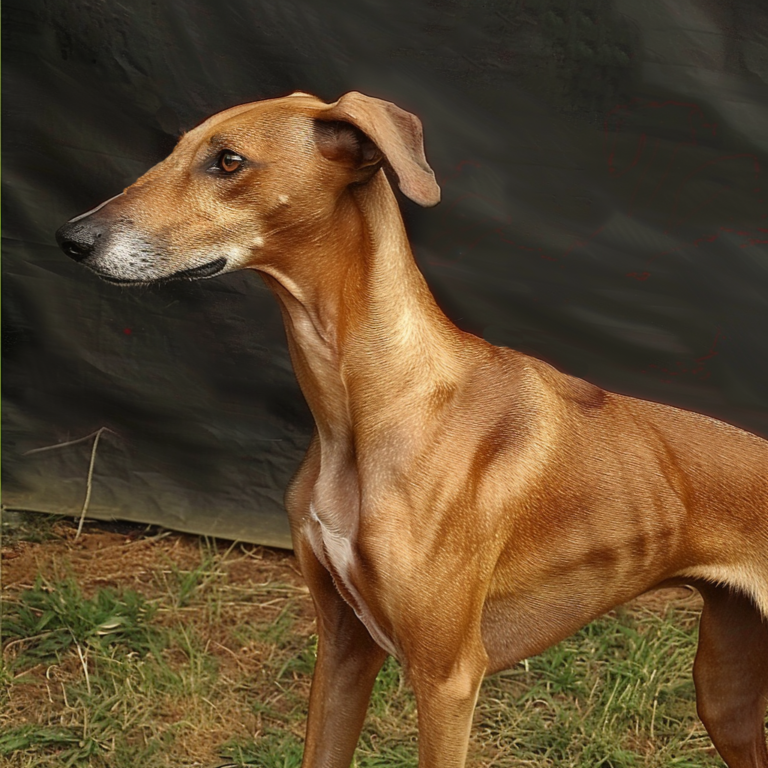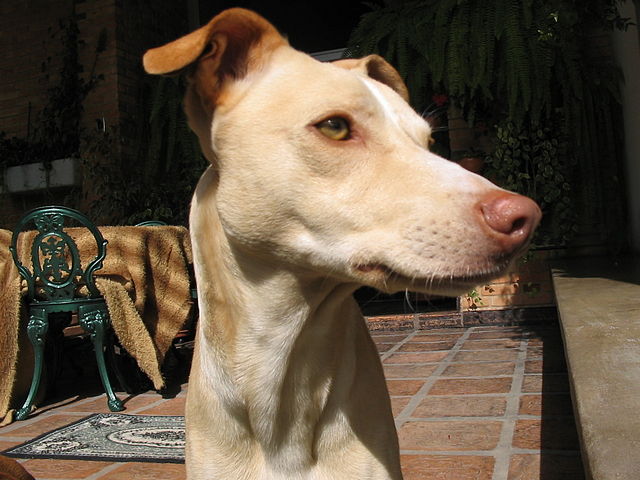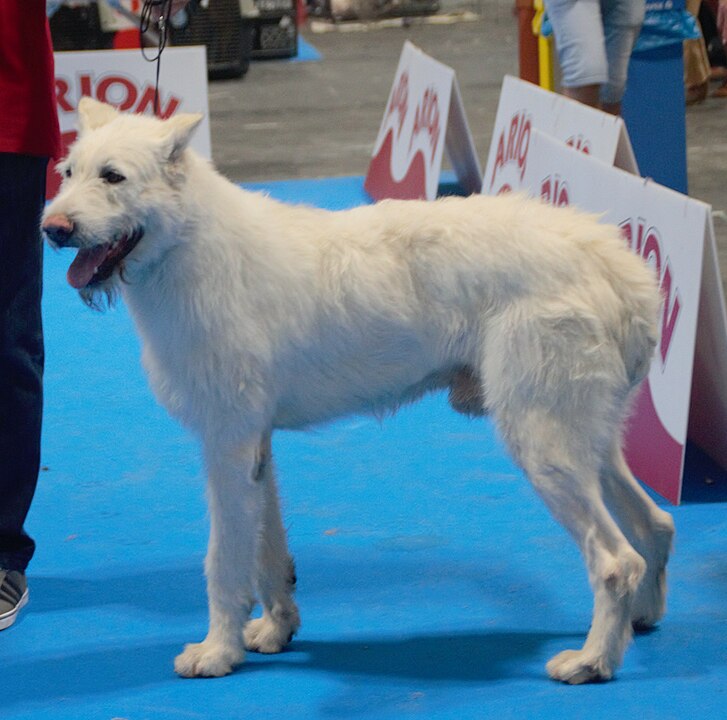The Thai Ridgeback is a fairly self-sufficient dog who doesn’t necessarily need (or give) tons of outward affection, however he is ultimately very faithful and quietly affectionate. This nimble and quick, mid-sized dog is a fantastic hunter as well as guard dog. In some circles, he is classified as a sighthound. Other groups argue that he’s not a hound at all, and is in fact more related to spitz breeds. Whatever his classification, all agree that he is a primitive hunting breed. In the early days of its creation in Thailand, Thai Ridgebacks were often expected to pursue their own food which made them not only very independent, but also skilled hunters. The breed is active and agile while still possessing a sturdy muscular body that isn’t easily hurt in the chase.
Thai Ridgebacks have very high prey drives which means they aren’t always trusted around cats and other small animals. With other dogs, there can also be dog-aggression issues – particularly with two females. Early socialization can help but it won’t always solve the problem. When it comes to strangers, the breed is often aloof or even suspicious – especially when the stranger comes into their territory. They are naturally protective of their home and their family and many get along very well with children.
The TRD is extremely intelligent and learns easily although he is also stubborn. He is not for novice owners. It takes an experienced owner to understand how to train and raise this independent and territorial breed. Not only does the breed need early and regular obedience training, but the trainer or owner will need lots of consistency and patience in the process. Furthermore, early socialization is so important that to neglect this step in the dog’s young life would likely greatly impact future learning! Although they are often naturally easy dogs to live with (quick to housebreak and not prone to destructive tendencies), their tendency toward dominance and stubbornness means that obedience is a non-negotiable aspect to owning a TRD.
TRDs don’t require a lot of grooming – a semi-regular brushing of the single coat is a quick and easy job. They will shed about once or twice a year, at which time will need more brushing, but this task is still easy enough for most to handle. Instead, most of the dog’s care should be focused on exercise as the Thai Ridgeback is fairly energetic and needs regular outings to release this energy!
TRDs are generally quiet dogs that won’t bark unless they have reason to. This does not mean they are subdued, however – they are moderate-high active dogs that are always willing to participate in physical activities. They show a special joy about life and want to experience it all! In between play sessions they will lounge about… replenishing their energy to do it all again a few hours later!
The coat of the Thai Ridgeback is allowed to be one of four different colors – black, blue, red or fawn. The most distinctive feature of the coat is the ridge of hair that grows backwards along the spine – which can occur in 8 different patterns. Although beautiful, there is a health condition that is unfortunately tied to this ridge called a Dermoid Sinus which is a defect of the neural tube. Although it doesn’t occur in all TRDs, when it does it can be uncomfortable or even dangerous for the dog and will need to be removed. Luckily these can be detected at birth. This is the health condition most commonly associated with the breed and although hip dysplasia can also be seen occasionally, most other health problems aren’t common.
Thai Ridgebacks are skilled jumpers who can leap right out of a fenced yard if that fence is too short. As they are constantly alert and vigilant, the sight of a moving object or animal on the other side of a fence can trigger the escape-artist acrobat that lives inside the TRD. Potential owners must make their yards as secure as possible! Another living consideration – this breed does better in warmer weather than the cold. If they are to live in a cold climate they should have access to the house and should be given a sweater or jacket to wear when on a walk.




